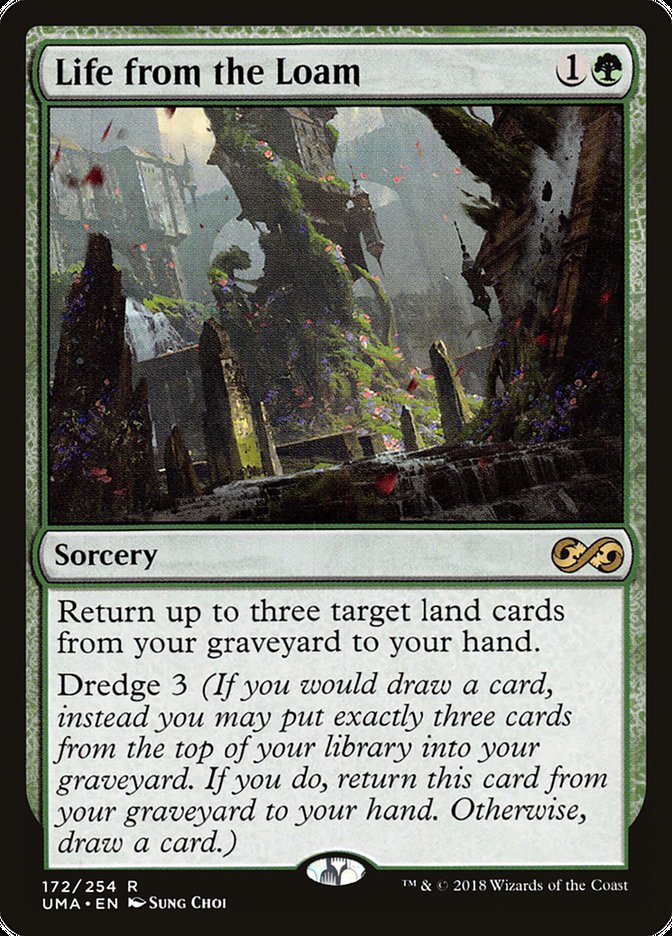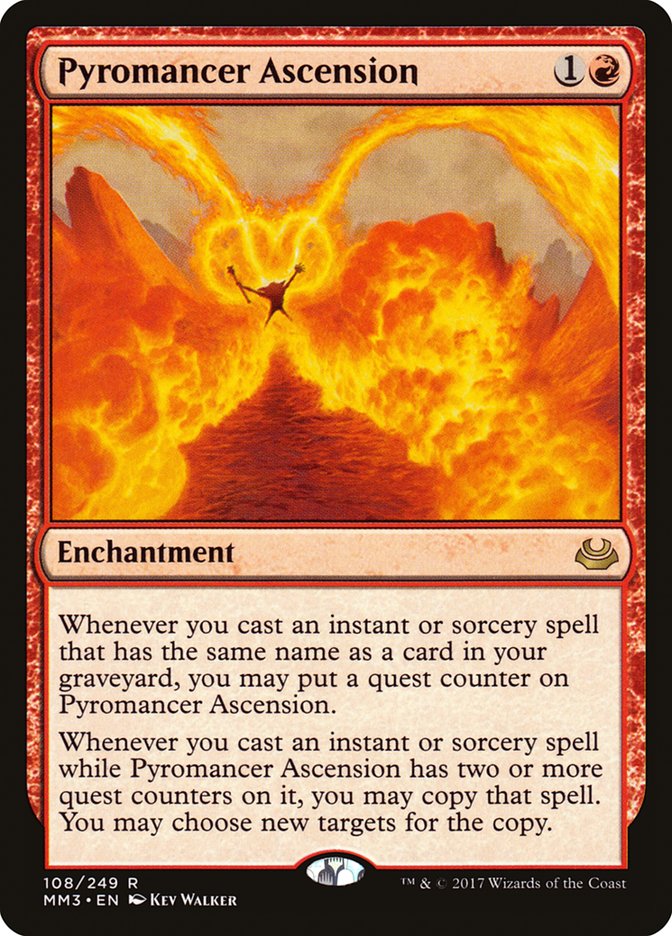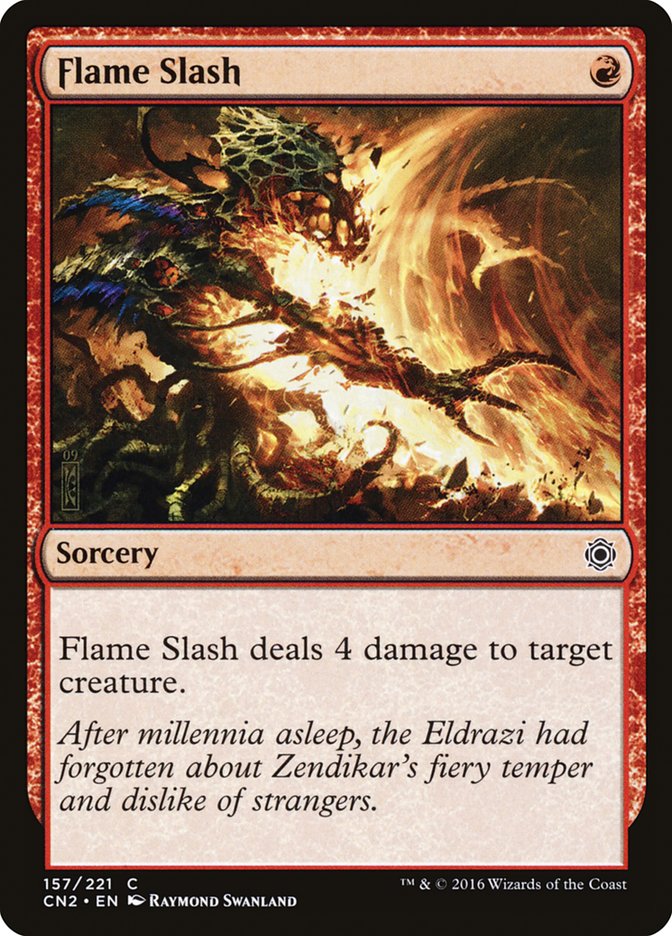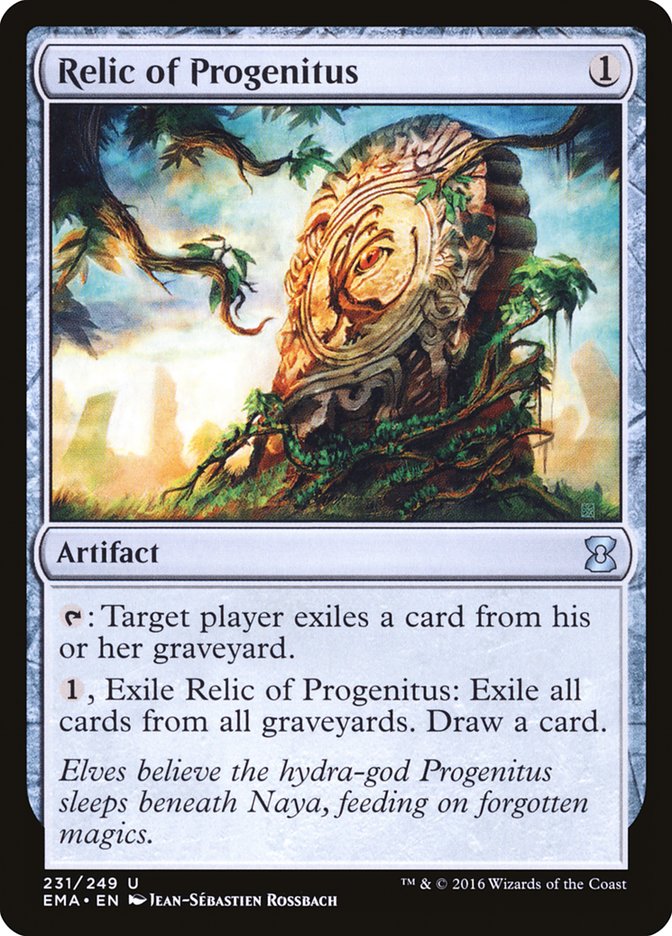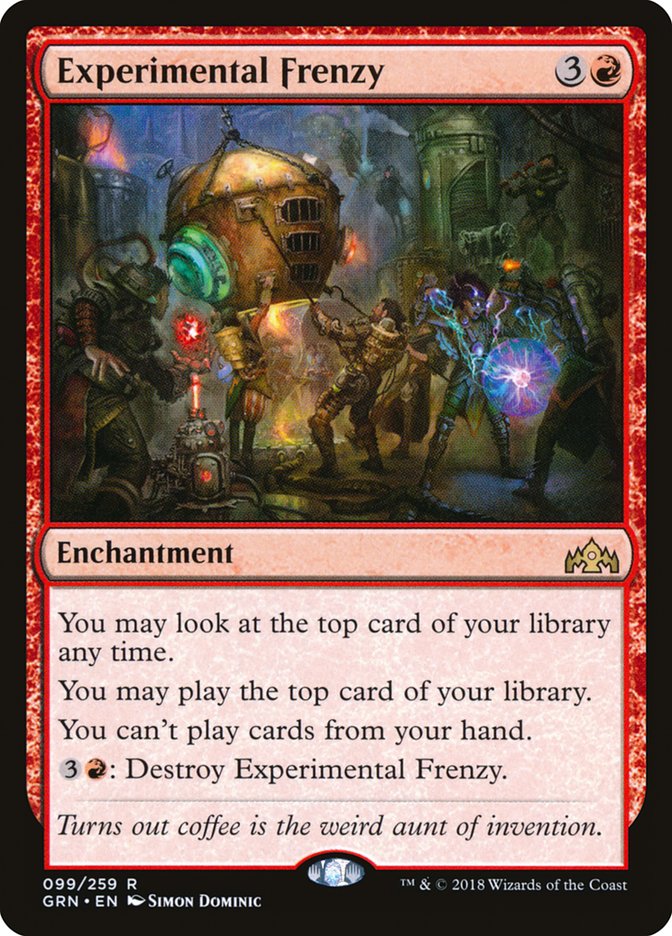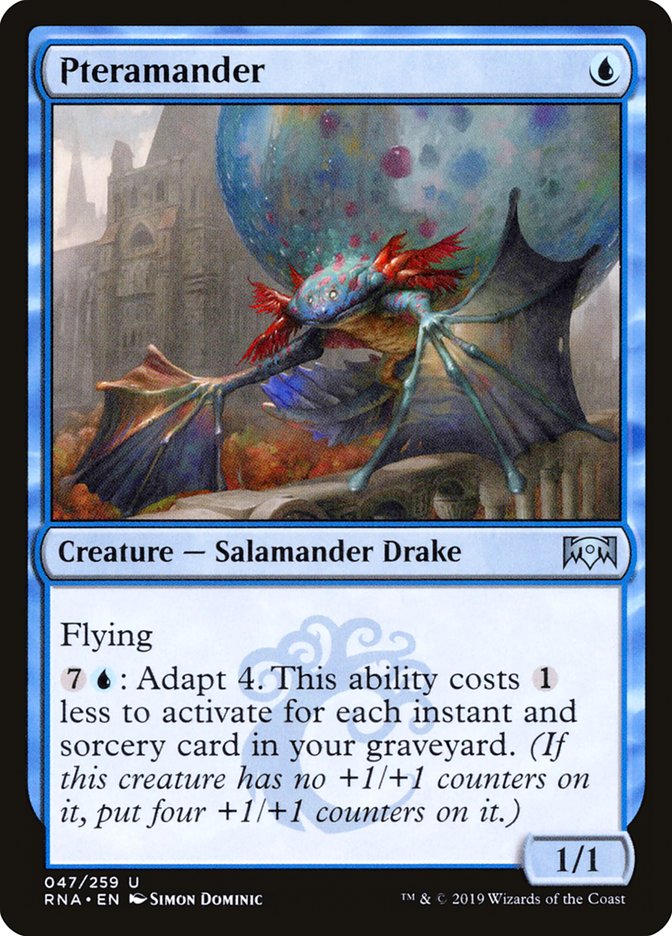Not only does a commentary role allow me to see all the action up front, in my downtime I’m also wandering the floor, talking to players and hearing all sorts of wonderful stories from the event. Sometimes I’m privy to discussions of sideboarding strategies, specific card inclusions, and the genesis behind team compositions. If I were just another player, I never would have access to this sort of information.
In last week’s article, I was pretty hard on those who were having a tough time beating Izzet Phoenix, although rightfully fair at the time. Having the opportunity to do coverage for #SCGCIN allowed me to have a front row seat to all the action and it was eye-opening. One of the things I didn’t take into account was how Izzet Phoenix could adapt itself. We might be in trouble, and it’s for real this time.
More on that later. First, we need to talk about team tournaments in general.
Team Tournaments Are Weird
In team tournaments or even in multi-format tournaments, it always seems like people assume that everyone is more likely to play the “best” deck. After all, why would you enlist a Modern player unless they were an absolute master with their deck of choice? They’ll get bonus points if that deck happens to be the best deck. That should homogenize the metagame and make it easier to prey on. Many players take that approach and end up over-preparing for the “best” deck, only to lose to teams that skillfully pilot off-metagame decks that are solid.
For example, the winning team (Christopher Minor, Joseph Ambrosio, and Freddie Crespo Jr.) used Four-Color Loam, Tron, and Mono-Red Aggro, respectively. That’s quite different from the spread you’d expect of Izzet Delver, Izzet Phoenix, and Esper Control, and the winners’ decks aren’t particularly weak to any of the same hate cards or strategies.
In an individual tournament, those deck choices will do fine, but maybe not get you as far as if you just played the best deck. However, you only need to win two out of three in a team tournament, making those off-meta decks an even stronger pick. Maybe you get a bad matchup in one of the seats, but it’s unlikely that the other two seats are just as prepared.
The Top 8 of #SCGCIN was littered with unconventional archetypes. Mono-Red Aggro took both slots in the finals, Gruul Aggro made an appearance in the hands of Teresa Pho, and so did Selesnya Tokens. Ross Merriam used Temur Reclamation to bully Esper Control opponents while being able to hold his own against aggro decks.
Death and Taxes was the odd-duck choice for the Legacy players, although many others came to the same conclusion. Small white creatures were largely being ignored and would potentially be well-positioned. Despite Four-Color Loam taking the trophy, Death and Taxes was the best Legacy choice in the room.
Tron and Whir Prison seemed like the Izzet Phoenix killers, but maybe that’s not true…
Pyromancer Ascension Is Broken
You basically couldn’t watch a single match of Izzet Phoenix without seeing Pyromancer Ascension win a game that was otherwise unwinnable. This is yet another example of taking a deck, adding a weapon to its arsenal, and seeing the deck become an order of magnitude stronger.
The addition of Pyromancer Ascension is the type of change that moves the needle on Izzet Phoenix from great to incredible. Whir is already outmoded by Izzet Phoenix via the “new” inclusion. Being able to draw your deck, make a bunch of mana, and cast Shatterstorm is always going to be good enough.
Not all is lost! With the addition of Pyromancer Ascension, Izzet Phoenix becomes slightly weaker to graveyard hate like Leyline of the Void and Rest in Peace. They will continue to sideboard in a way that mitigates the effects of those cards, but the more graveyard-centric the deck gets, the easier it is to exploit.
Despite that, I’m down for an Izzet Phoenix list that looks like this:
Creatures (10)
Lands (18)
Spells (32)

This isn’t much different from Paul Muller’s SCG Classic-winning decklist, but the differences are important.
If we decide that Pyromancer Ascension adds a layer to the deck and is genuinely important (and trust me, I’m certain it is), then why are we only playing one or two copies? It’s stronger as an engine and win condition than Crackling Drake is against basically everyone, so let’s stop messing around.
Snapcaster Mage walks into the post-sideboard graveyard hate if it exists, whereas Crackling Drake would be a solid threat. Still, having access to Snapcaster Mage against decks like Tron, Dredge, and Whir Prison makes a lot of sense, as a single hate card won’t be enough to beat them. Between Tron and Whir Prison, Ceremonious Rejection should make a comeback.
The only reason I’d play Lightning Axe over Flame Slash is because of Gurmag Angler (plus Death’s Shadow and Tarmogoyf to some extent). If those aren’t a concern for you, there should absolutely be Flame Slashes in your deck. Some corner cases might arise where you’re able to take out a large Champion of the Parish with Lightning Axe, but the downside of discarding a card is real, even in an Arclight Phoenix deck.
Having access to sideboard planeswalkers is completely fine, as they are tremendous threats in slower games, but they could be any number of things. I can’t recommend against Keranos, God of Storms enough, though. It doesn’t do enough for five mana, and the difference between four and five is very large in Modern. The indestructible nature of Keranos is appealing, but planeswalkers aren’t easy to remove by any means.
It’s funny. If I were playing in the events, I might get more respect from the players. Instead, they just scoffed at my notion of Keranos not being the optimal card for the slot and continued to play it despite it not doing a damn thing whenever it was drawn.
Tron Wins!
Urzatron? In 2019?
For a while there, it looked like Tron would be another one of those decks that Modern would pass by. Many decks were created featuring new technology or new cards and those seemed to naturally have good Tron matchups, which you could basically chalk up to them being stronger decks. Grixis Death’s Shadow, Krark-Clan Ironworks, Hollow One, Dredge, Amulet, Hardened Scales, and many more made Tron look downright pedestrian.
Well, a few months later, Modern is in a different place, and although several of those decks still exist, things have gotten easier for Tron. With some maindeck Relic of Progenituses and a solid matchup against Izzet Phoenix, Tron is poised for a comeback. As always, the Blood Moons that players use as a means to fight Amulet are largely useless against a well-prepared Tron player.
Rather than being one of the format’s top decks, Tron seems to have shifted into the role of metagame deck, and that’s perfectly fine with me. You shouldn’t be sleeping on the archetype, especially now.
Esper Edgar Control
Edgar Magalhaes is known for playing Amulet well, but realistically, he should be known for playing all decks well. Maybe he doesn’t play aggressive decks very often, but he certainly knows his way around a control deck.
Esper Control was his deck of choice this weekend and it makes a lot of sense. The deck with the best win percentage at Mythic Championship Cleveland was, in fact, Esper Control, and Edgar is one who generally tries to find the most powerful strategy. I believe he has, in fact, found it.
Despite playing Temur Reclamation at the last Mythic Championship, Edgar shifted, presumably when he realized he could get the same win rate from his mastery in addition to having stronger creature matchups. Preparing for aggro decks makes sense in a field where Sultai Midrange has fallen by the wayside. In the mind of an aggro player, it’s one less problem to worry about. In reality, Esper is far more difficult to beat than Sultai ever was.
Edgar’s mastery took his team into the quarterfinals, largely thanks to Edgar’s undefeated record with Esper throughout the Swiss. Teresa Pho used her Gruul Aggro deck to dispatch Edgar with ease (thanks to some flooding issues on his end), which finally ended his run.
Mono-Red Aggro Wins
Maybe you thought Mono-Red Aggro was dead because of the prevalence of Esper Control and the fact that Mono-Blue Aggro somehow keeps beating it, but that wasn’t the case last weekend. Both finalists had it in their Standard seat and it looked good all weekend. You might be a favorite against the vast majority of their deck, but Experimental Frenzy tends to beat anyone.
The biggest reason to play Mono-Red was because of how quickly everyone abandoned Sultai Midrange, which makes sense in light of its lackluster performance in Cleveland. People seem to forget that Mono-Red Aggro made Top 8 in Cleveland and is far from a dead archetype.
Back to the Drawing Board with Ptermander
One of the common complaints from Izzet Delver players was that their Ptermanders were underperforming. Izzet Delver is a deck with a low land count, and despite its plethora of cheap cantrips and interaction, getting to adapt Pteramander doesn’t happen very often. Achieving threshold for Nimble Mongoose was difficult at times, so I’m not sure what people expected, especially when they refuse to play the ultimate enabler (Thought Scour) in their Pteramander decks.
Cards like Pteramander might require some help to reach their full potential, but it’s worth it. Even Delver of Secrets wasn’t very good until people learned how to build their decks properly. Give it time and try some new builds.
So, How Does a “Random” Team Win an SCG Open?
You ever wonder how three seemingly random people can win a Star City Games Team Constructed Open against some of the fiercest team competition possible? They even managed to best one of the favorites to win the event (Skarren, Ingram, Rubin) in the finals.
Well, that’s kind of the secret. No one is truly random. Everyone has their own origin story and relationship with Magic. Some might be more entrenched or have more accolades, but anyone signing up for an SCG event is at least somewhat immersed in the game and you have no idea who the hidden ringers might be.
I’ve known Freddie Crespo Jr. for years. He’s been out of the game for a while, but his comeback has been incredibly strong, including a qualification to Mythic Championship Cleveland. He’s been working to up his game and it seems to be paying off. His team’s deck selection was masterful and seeing him hoist the trophy was no surprise to those who know him.


